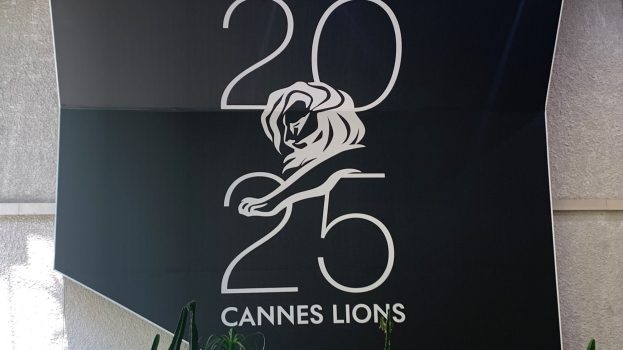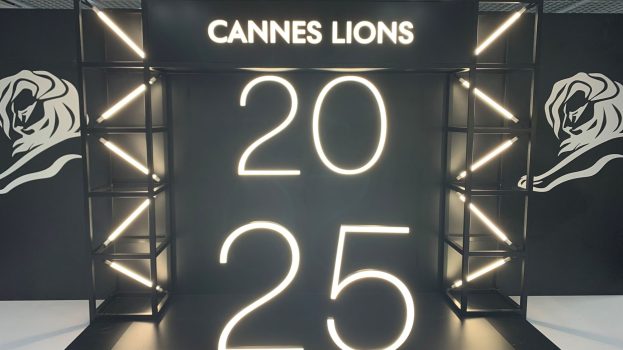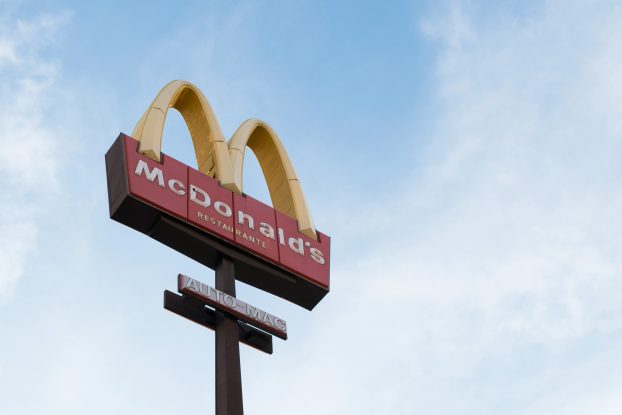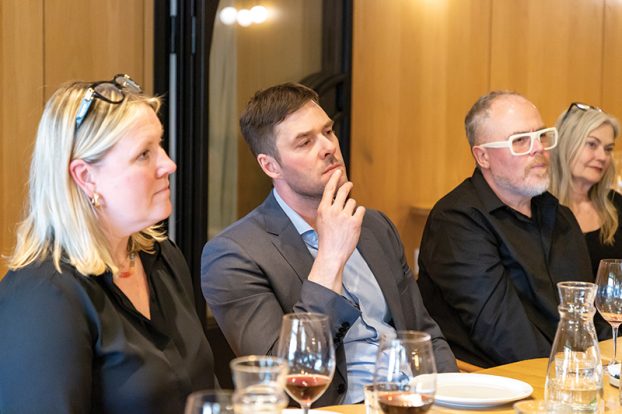Our Design issue always gets me pondering which purchases are primarily, even solely, design-driven (like Kleenex for box patterns), and in which categories it serves as a key purchase-consideration influencer (like bath and beauty displays, with scent being the deal clincher), and the many ways design thinking is shaping all brand experiences. Every year, the categories that enter this arena expand, and the bar rises. With mass merchants such as Target leading the charge, everyone has had to bring a higher level of design to every aspect of the lower-price game.
With design in ascendance, looking at this issue I’m struck by how fortunate we are to have such an impressive inventory of talent and product in Canada. We can lay claim to Frank Gehry, Bruce Mau – who talks about the anatomy of a logo that embodies Gehry’s architectural vision and the AGO’s new positioning on p. 38 – and Karim Rashid, who is cited in the Design feature as an early winner of Bombay Sapphire’s Designer Glass Competition, and who now offers an internship to the Canadian regional winner. Umbra has also made a name for Canada abroad on the product design front, and our store design expertise, as witnessed by Perennial’s recently covered work in India, is world class. In this issue we also go behind the scenes with Adidas, which chose Montreal’s Sid Lee to design its new global Atelier retail model.
As per our Renegade CMOs’ ongoing campaign to direct economic development attention to Canada’s intellectual resources, this is the type of expertise and sustainable industry that merits support. And there’s certainly scope for utilizing more marketing-oriented design skills. As Will Novosedlik points out in his Forum column (p. 57), the consumer experience piece is an area of design that could use attention. He describes the ordeal of shopping for razor blades as one where simplification along the product/consumer continuum would be welcome – something I’m sure we can all identify with.
I recently bought the latest and greatest offspring of the ultimate design-powered brand, Apple. As it was the iPhone, not the MacBook Air, it entailed a trip to Rogers. I will spare you the gory details, but suffice it to say that it entailed well over an hour of standing at the counter waiting for the purchase to be processed through the ‘system,’ during which time my only ‘brand experience’ was overhearing numerous customer requests for various services denied for an impressive variety of reasons (those who gave up and left the line were the lucky ones). By the time I was heading for the door, although the transaction was still pending processing by arguably the slowest computer system in the first world, the clerk asked if I would like her to explain the phone to me. I said ‘No, thanks.’ The mind boggled at the irony of a brand so steeped in design thinking being tainted by a purchase experience that was its antithesis.
As I wander from unremarkable store to store looking for the last few toys of summer and a decent potato salad, I can’t help but see opportunity across the retail sector to tap intelligent design thinking and differentiate the experiences more, as the collapse of categories has eliminated even a basic distinction between retail offerings. Few can rely on an exclusive killer product, so designing a stickier experience is a course most brands could follow. Even the AGO’s Arlene Madell (see p. 18), who has perhaps the most unique product to tout in Canada – who else has hot and cold running Moore and Thomson? – is designing killer combos of art plus whatever-you’re-into to keep folks coming back. Get on that. Then package it and sell it.
cheers, mm
Mary Maddever, exec editor, strategy, Media in Canada and stimulant























